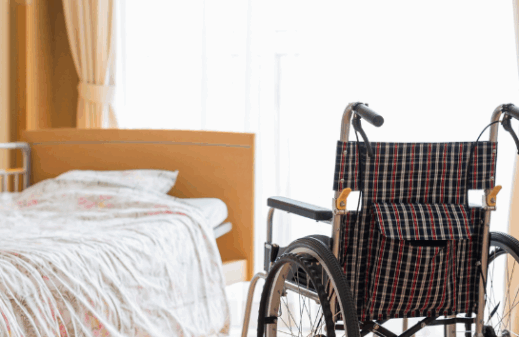Differences in gender have certainly been prevalent in the world of senior care, and considering that women outnumber men 7 to 1 in a typical assisted care living facility, it shows that gender does matter.
Put simply, men have often been an afterthought when it comes to senior living. Reasons abound, including the fact that men – on average – don’t live as long as women, although statistics show that it’s a gap that’s narrowing.
But with more men living longer, their need for assisted living care facilities will only grow. Experts say that such facilities across the country need to be prepared for a larger male population.
Moreover, serving the assisted living needs of men can be much different than with women – in both obvious and subtle ways.
* Men may very well value independence more than women, so families and facilities need to be cognizant about what measures can be taken to maximize that independence.
* Research has shown that men generally have a harder time adjusting to the changes that come with aging. After being conditioned all of their lives to be strong, independent and even controlling, men can be devastated by what the see as ‘losses’ associated with aging.
* A ‘typical’ assisted care living facility may be more feminized due to the larger number of women than men. Activities that men may enjoy more than women can be added for male residents.
While senior communities prepare to accommodate the needs and preferences of male residents, families would also be wise to plan long-term assisted living needs with their male relatives.



